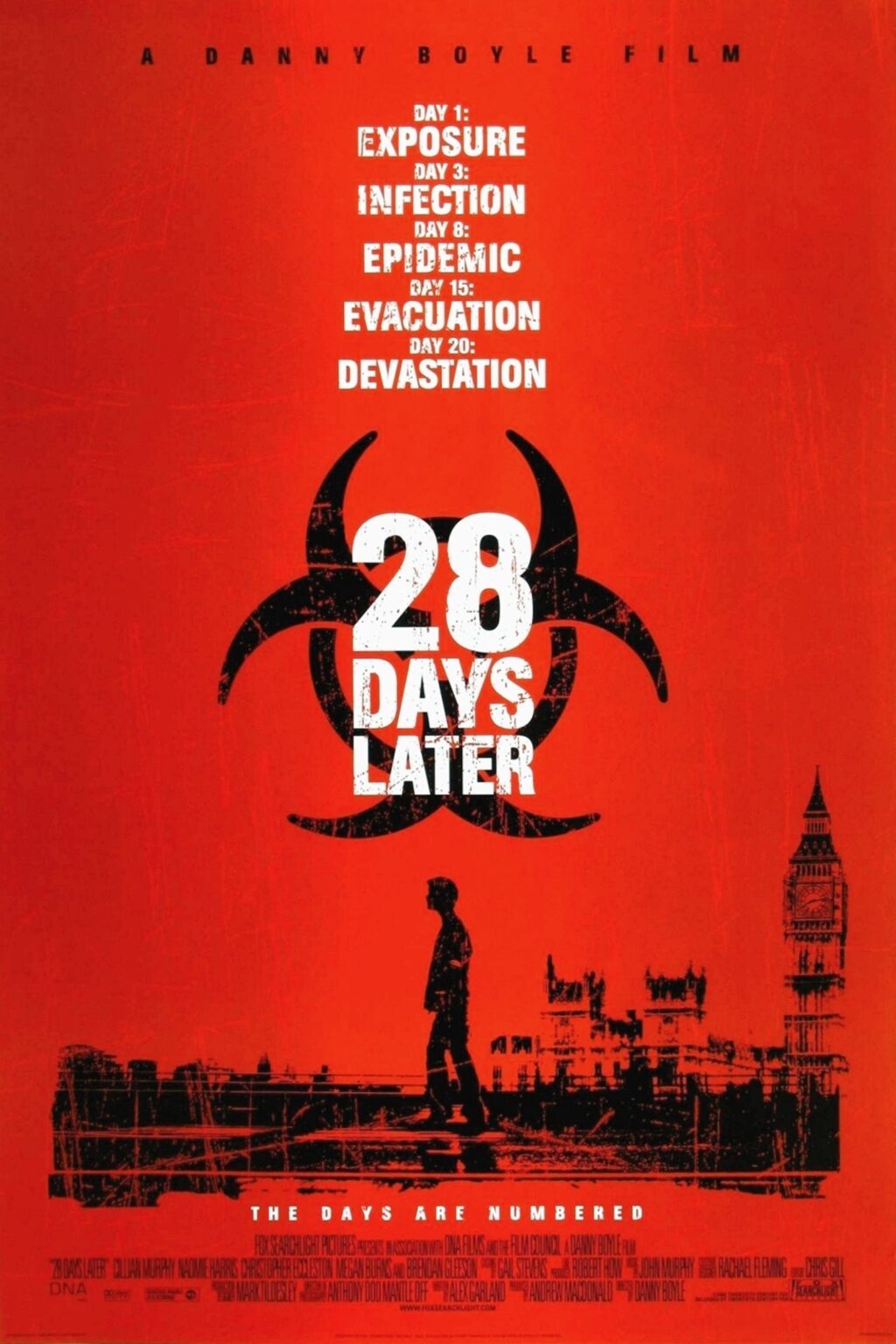
The Importance of 28 Days Later
Released in 2002, 28 Days Later, directed by Danny Boyle, transformed the landscape of the horror genre, particularly the zombie film. By blending social commentary with visceral horror, the film not only captivated audiences but also touched on important themes that resonate even two decades later. Its impact on popular culture and the genre remains significant today.
Synopsis and Innovations
28 Days Later opens with a devastating virus outbreak that leads to societal collapse as a rage-inducing pathogen sweeps through the UK. The film follows the story of Jim, played by Cillian Murphy, who awakens from a coma to find London deserted and overrun with ‘infected’ individuals. This storyline laid the groundwork for a new wave of zombie films.
One of the most significant innovations introduced by 28 Days Later was its portrayal of zombies as fast, aggressive, and terrifying creatures, which was a departure from the slow-moving, shuffling undead of earlier films. This shift redefined audience expectations and contributed to the film’s intense atmosphere.
Thematic Depth
Beyond its thrills, 28 Days Later is rich in social and political commentary. The film explores themes of isolation, survival, and the fragile nature of civilization. It highlights how quickly societal norms can break down under pressure, making viewers rethink human behavior and morality in crisis situations. These themes have proved relevant in light of global challenges in recent years, from pandemics to political unrest.
Critical Reception and Legacy
Upon its release, 28 Days Later was met with critical acclaim, praised for its direction, cinematography, and a haunting score by John Murphy. The film has maintained a strong presence in pop culture, inspiring various video games, literature, and subsequent films in the horror genre.
Conclusion: Lasting Impact
As we reflect on 28 Days Later two decades later, its significance can still be felt. It not only reinvigorated the zombie film genre but also pushed the boundaries of horror as a medium. Looking forward, the influence of this film will likely continue to shape future narratives in cinema, making it essential viewing for horror aficionados and new audiences alike.

